Holi festivities not only mark the arrival of summer but also symbolise the transition of a stained tee into its next stage of retirement i.e. being a ponchha.
I’m so middle class that my party wear shirt becomes casual wear and then becomes poncha.
— Chandan Goyal (@thechandangoyal) August 28, 2016
Let’s take it ‘thread by thread’.
Every item of clothing we buy, goes through multiple stages. The initial baby phase is basically when we care for it too much to wear it as casuals.
Then you ultimately take it out in daily use. And after a good amount of wear and tear, you make them your nightwear. This is the reality. Not your average lace-y depictions of Bollywood.
Now, you would think that after all these stages, an average t-shirt would have done its office. But, no no. Desi households add 2-3 more steps to it.
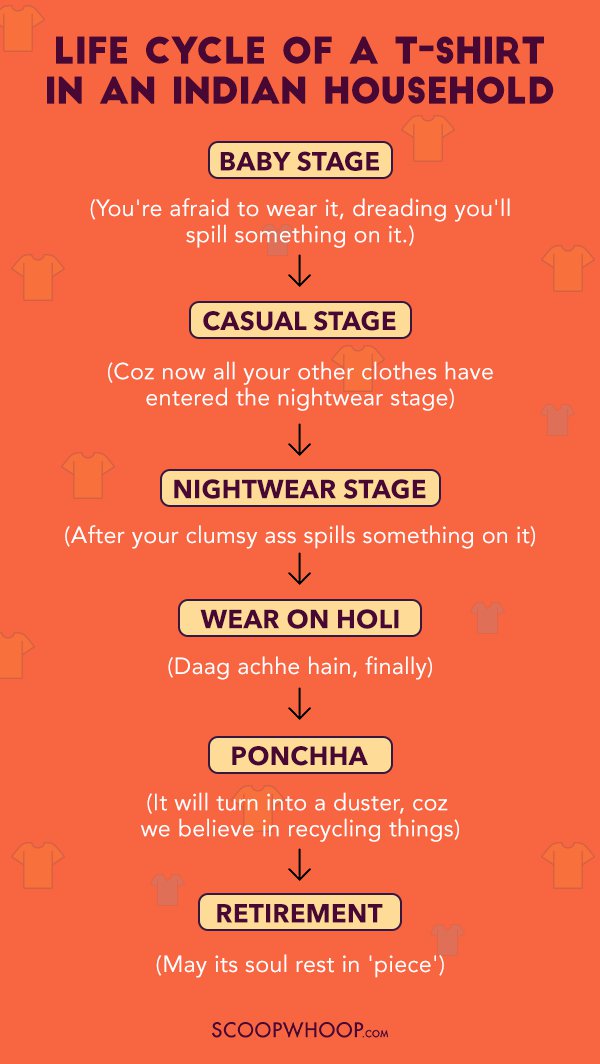
Indian households are famous for their jugaad ways of living. I seriously don’t know where these Bollywood films are taking their material from; coz if I wore a fricking Sabyasachi lehenga on Holi, my entire budget on clothing for this lifetime will be cancelled.
What you doing ya Bollywood ya?
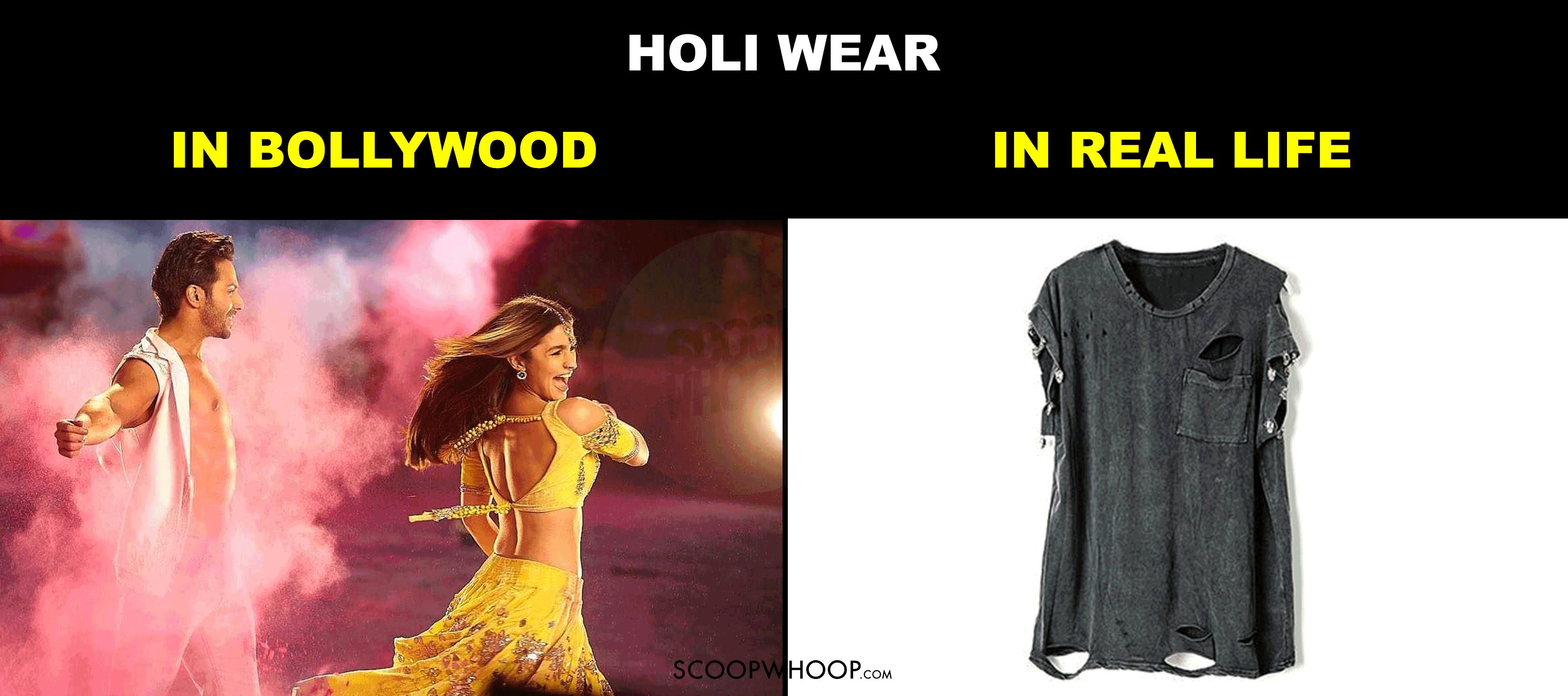
In real life, we wear our oldest tees or tops that now have a permanent turmeric or some mysterious inexplicable stain, that god knows how it got there but now nothing could be done about it.
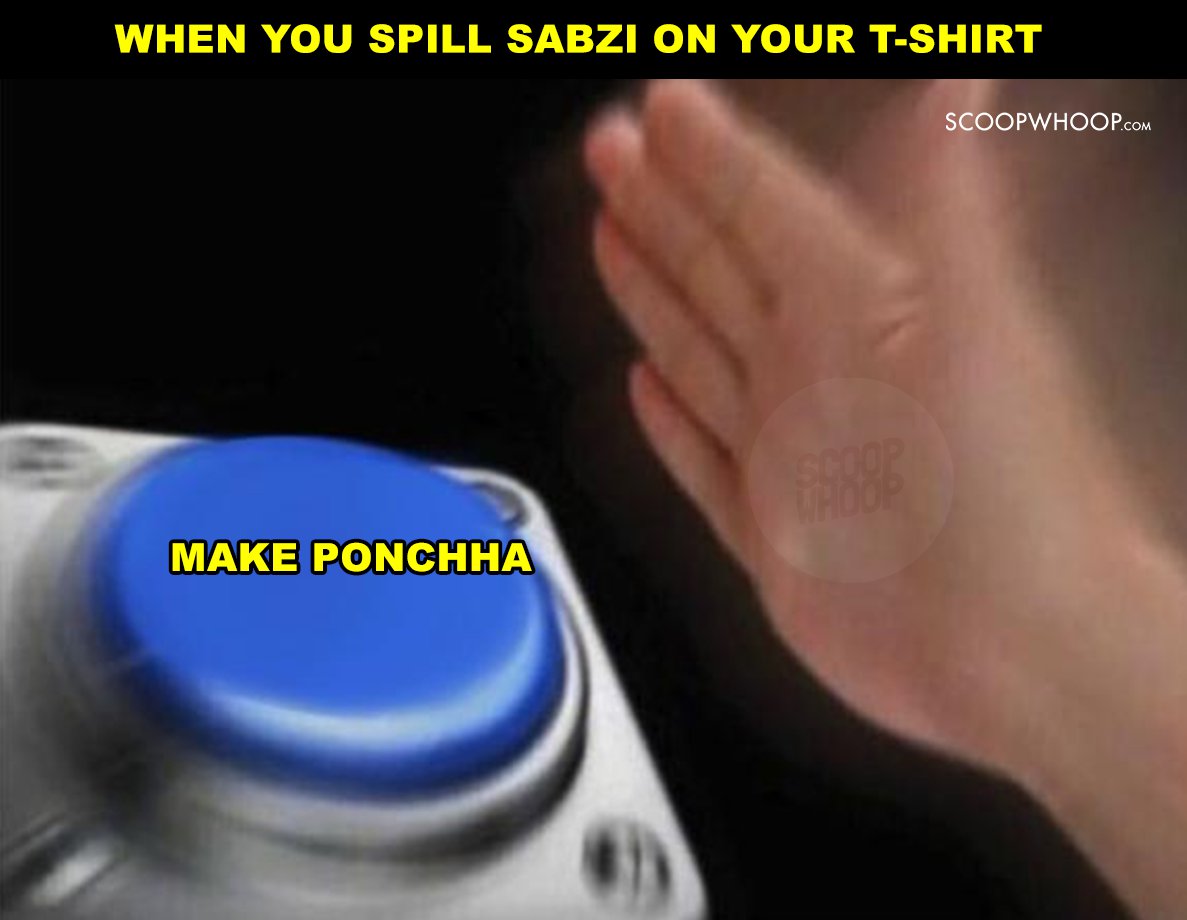
And the ‘Holi’ gods of sanity forbid you to throw it right away, you must utilise this motley clothing item before it may rest in ‘piece’.
Reel life- Play #Holi in white shirt
— Umesh Yadav (@UMY_35) March 13, 2017
Real life- Most dirty cheap Tshirt, soon becoming a poncha.#Holi2017 #HoliMubarak #happyholi #HoliHai
Now, not every tee gets to become the Holi wear. It’s sheer luck you know. What can we say, life be like that sometimes.
It’s only one in a million (what am I saying I’ve merely 5-6 t-shirts in my closet, but let’s just play along for dramatic impact) that gets to go through this rite of passage. Otherwise, it’s just straight to being a ponchha.
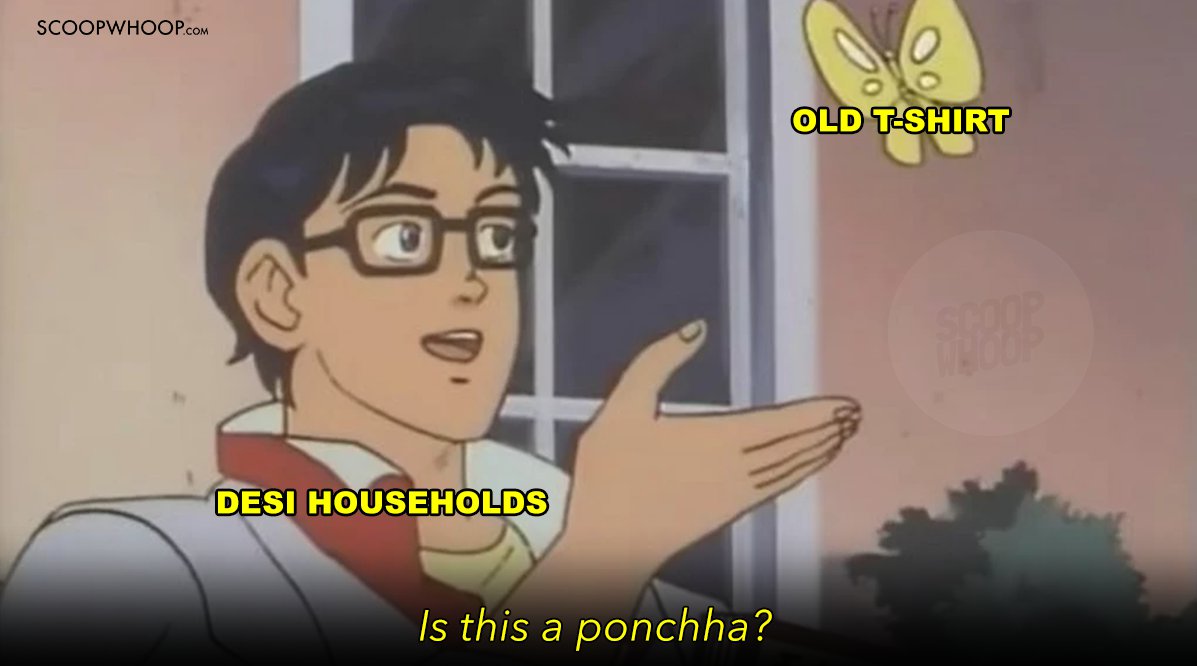
Only then the life cycle of a t-shirt in an Indian household could come to a completion.
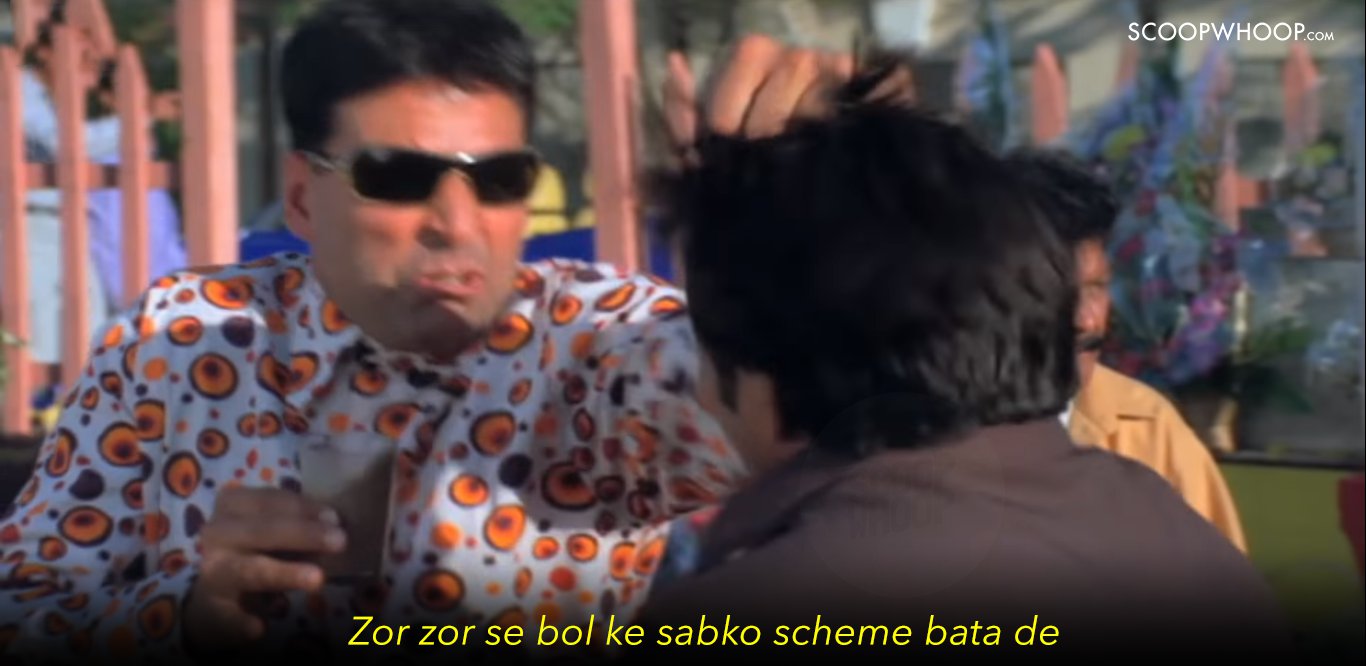
And no matter what, this practice sticks with you. We do momma proud, every time we deploy these A-level home economics tactics
Here’s to adulting and taking forth this ritual of recycling to future generations. Western folks, us desis are taking over this recycling biz.
Design credits – Nupur Agrawal.



